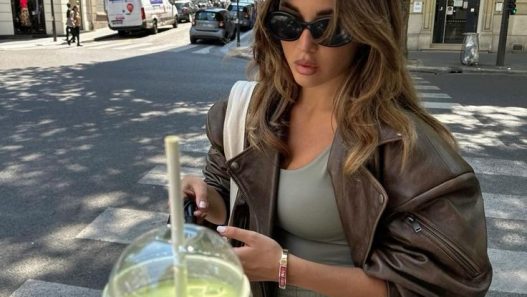Mixing and matching patterns can transform your wardrobe from ordinary to extraordinary, adding flair and personality to your outfits. However, if done incorrectly, it can come off as chaotic rather than chic. This guide will teach you how to confidently combine patterns while keeping your look polished and stylish.
1. Start with Neutral Patterns
Neutral patterns are the easiest to mix because they create a solid foundation. Classic designs like stripes, polka dots, plaids, and houndstooth are versatile and pair well with bolder patterns.
Example: Pair a striped blouse with a floral skirt. Stripes are considered a “neutral” in the pattern-mixing world, making them a safe choice to combine with almost any other design.
2. Stick to a Unified Color Palette
The secret to harmonious pattern mixing lies in the color scheme. Use patterns that share a similar color palette to create a cohesive look.
Tips:
- Choose one or two dominant colors and ensure all patterns include those shades.
- For example, if your outfit has navy polka dots, pair it with a striped skirt that also includes navy.

This method avoids visual overload while making your outfit look intentional and chic.
3. Vary the Scale of Patterns
Combining patterns of different sizes creates visual balance and prevents your look from appearing too busy.
How to Do It:
- Pair large-scale patterns with small-scale designs.
- Example: A blouse with oversized florals pairs beautifully with pants featuring a small geometric print.
Avoid mixing patterns of the same scale, as it can feel overwhelming and uncoordinated.
4. Use Solid Colors as Buffers
Solid-colored pieces can act as a “resting point” for the eyes, helping to break up patterns and maintain balance.
Ideas:
- Layer a solid-colored blazer over a patterned dress.
- Use a plain belt to separate two bold patterns.
This trick ensures that the patterns don’t compete with each other for attention.
5. Experiment with Textured Patterns
Incorporating textures into your look adds depth without overwhelming the eye. Textures like lace, tweed, or denim can be treated as patterns and are often easier to mix.
Example: A lace top pairs effortlessly with a plaid skirt, offering subtle contrast while keeping the outfit cohesive.
6. Play with Accessories
If you’re new to pattern mixing, start small by experimenting with accessories. Shoes, bags, and scarves are a great way to add patterns to your outfit without committing to a full look.
Suggestions:
- Pair a polka dot scarf with a striped top.
- Add a floral handbag to a gingham dress.
Accessories provide an easy way to test pattern combinations without stepping too far out of your comfort zone.
7. Keep It Thematic
Sticking to a specific theme helps unify your look and keeps it from feeling random.
Examples:
- Tropical Theme: Pair palm leaf prints with bold stripes in green and white.
- Retro Vibes: Combine polka dots with gingham in pastel colors for a vintage feel.
Having a clear theme makes pattern mixing fun and intentional.
8. Confidence Is the Final Touch
The most important element of any patterned outfit is confidence. If you feel good in your clothes, it will show in your demeanor. Confidence ties your look together and makes any outfit shine.




















